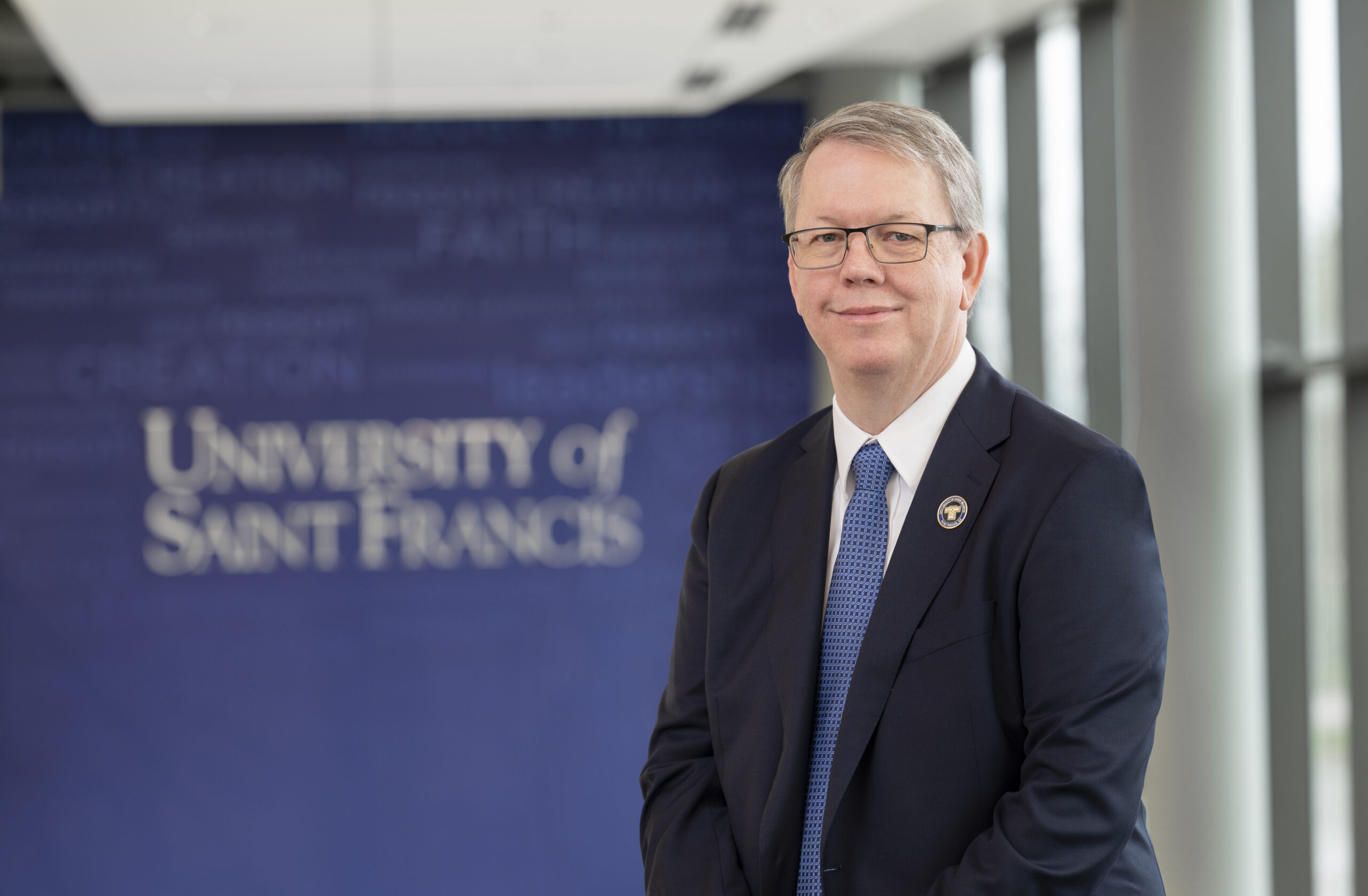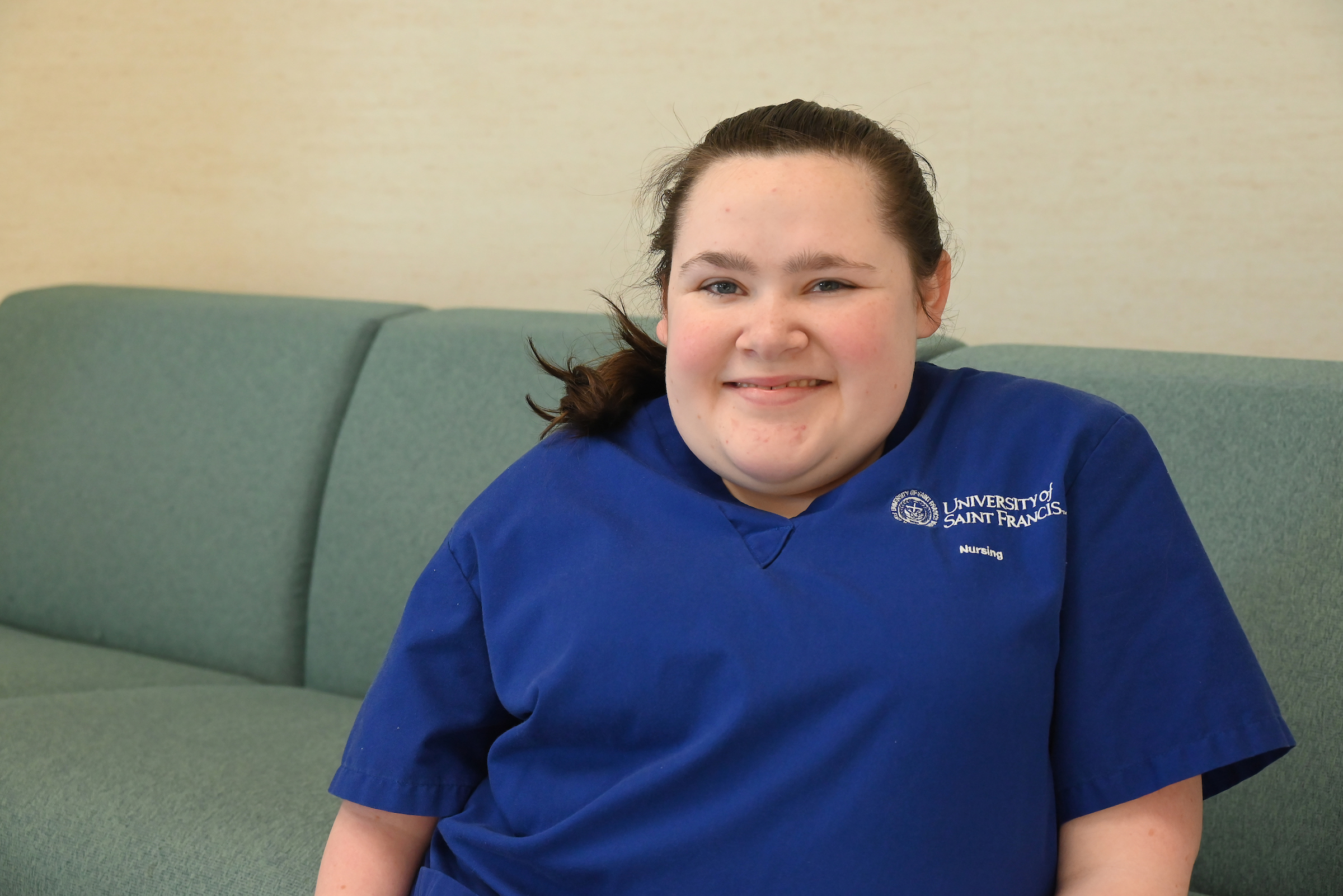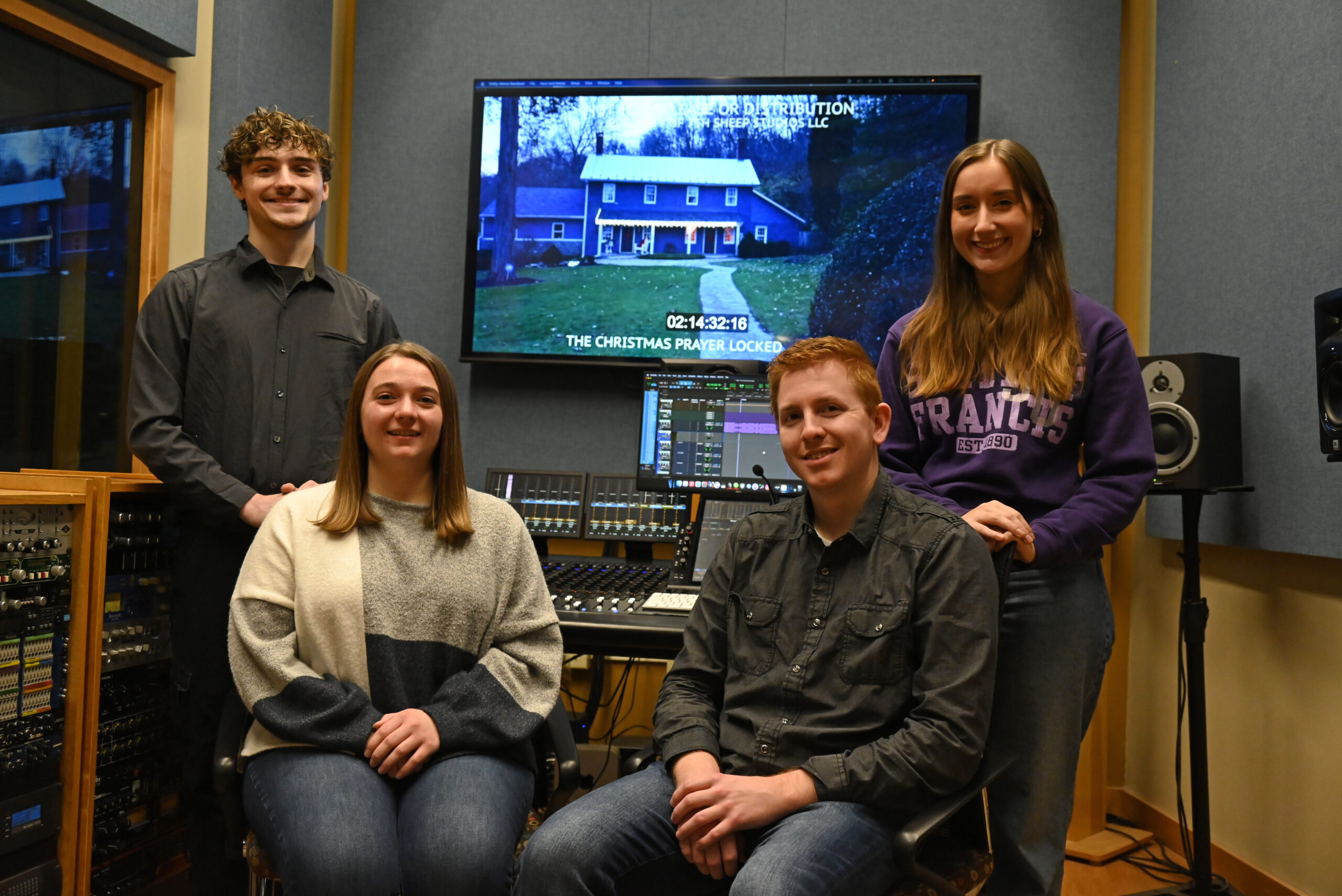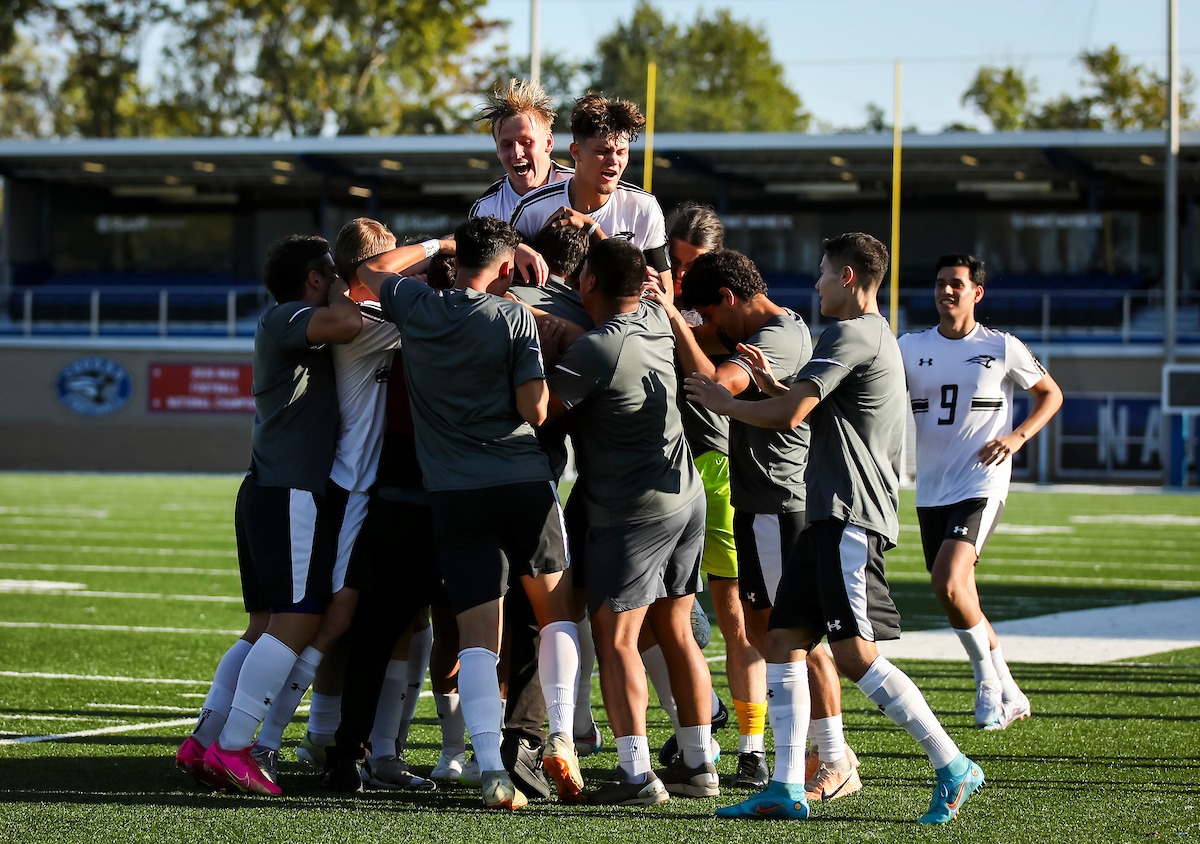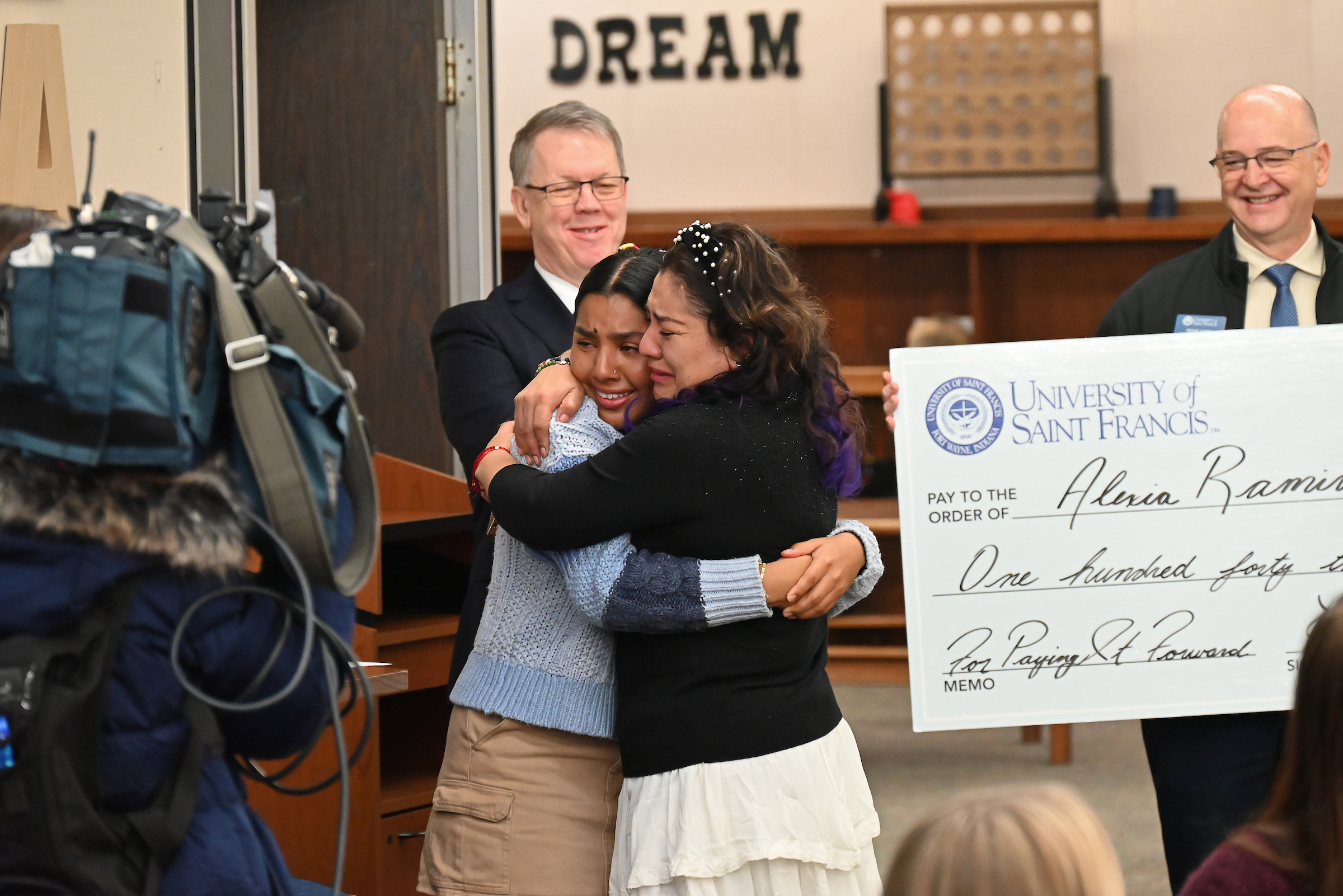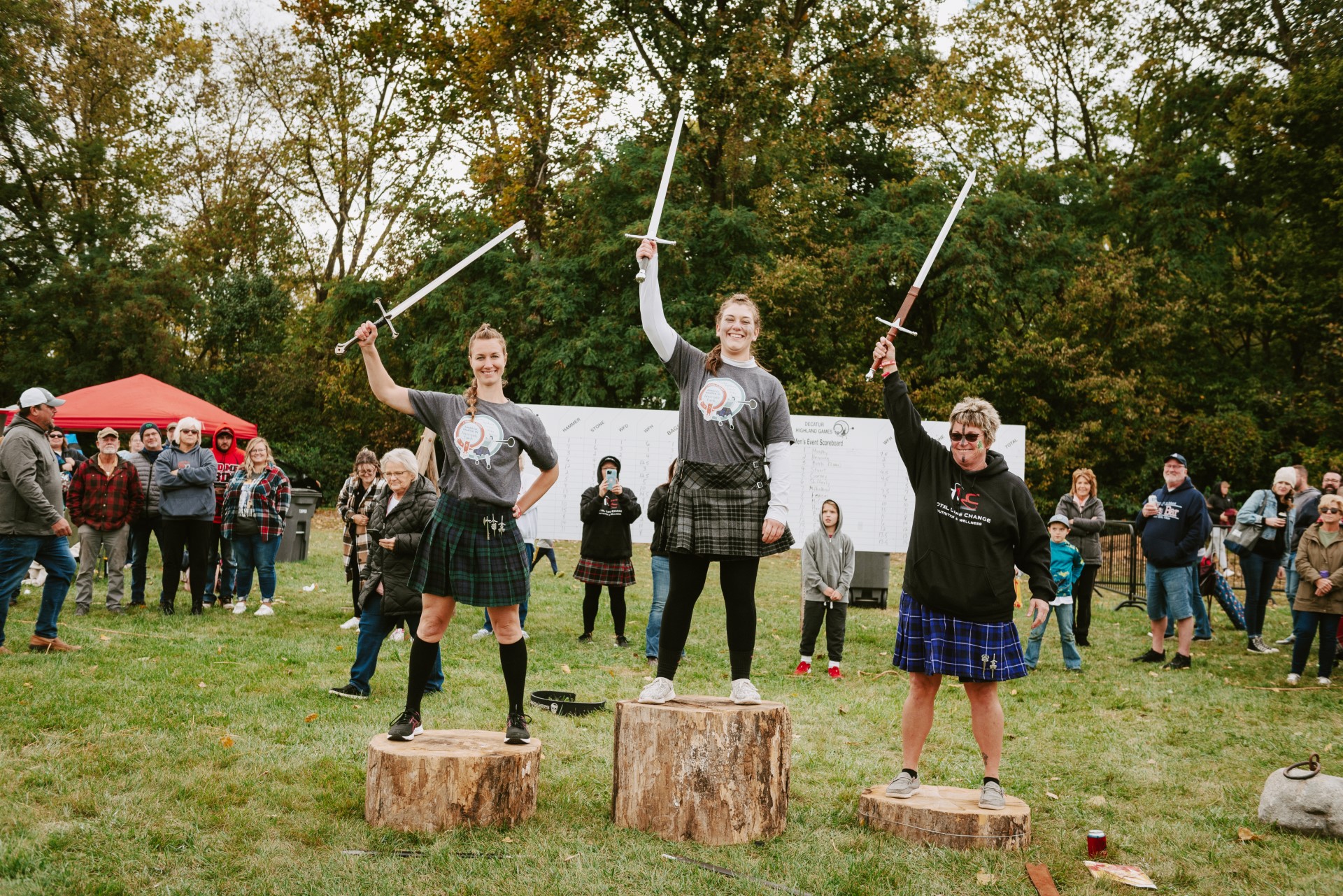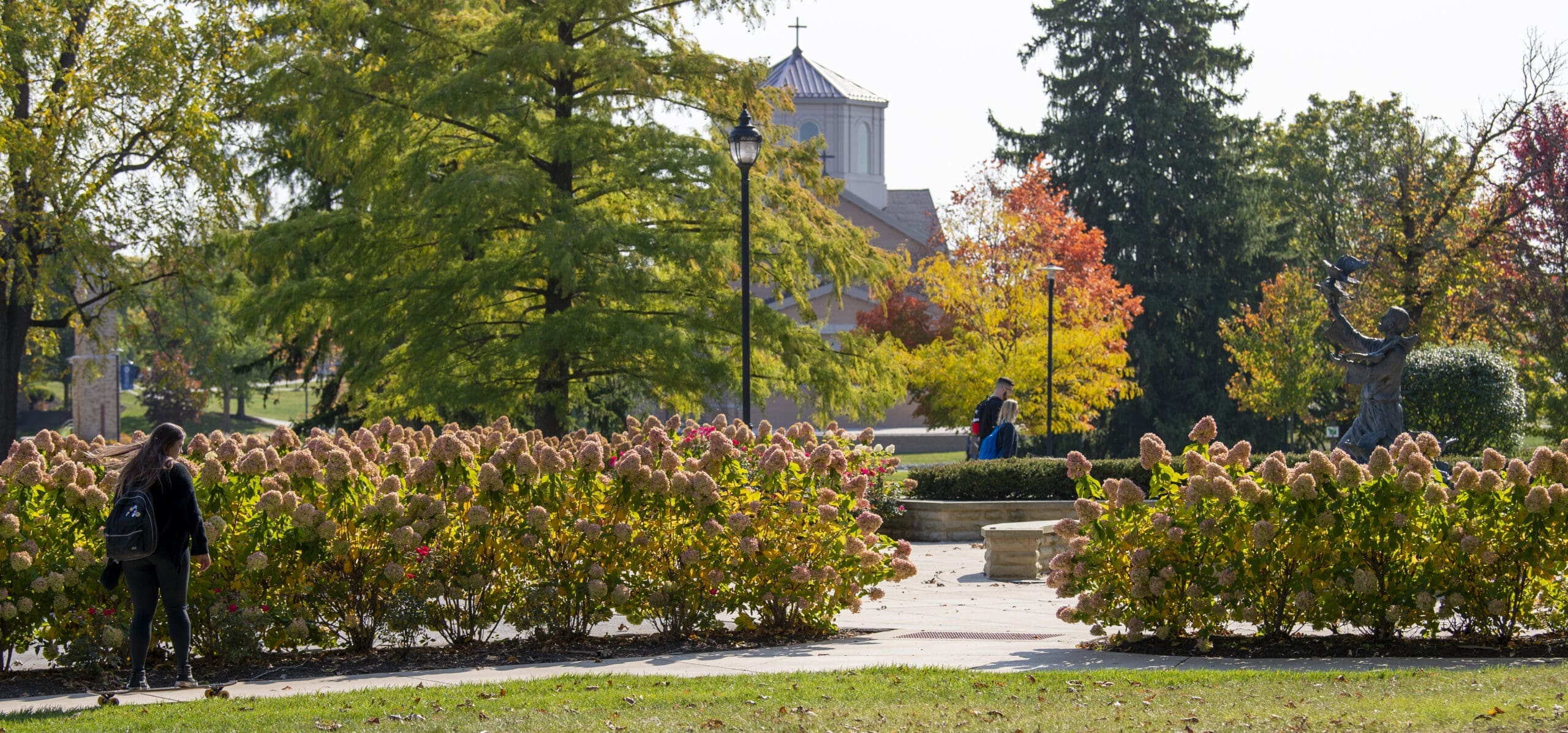
News
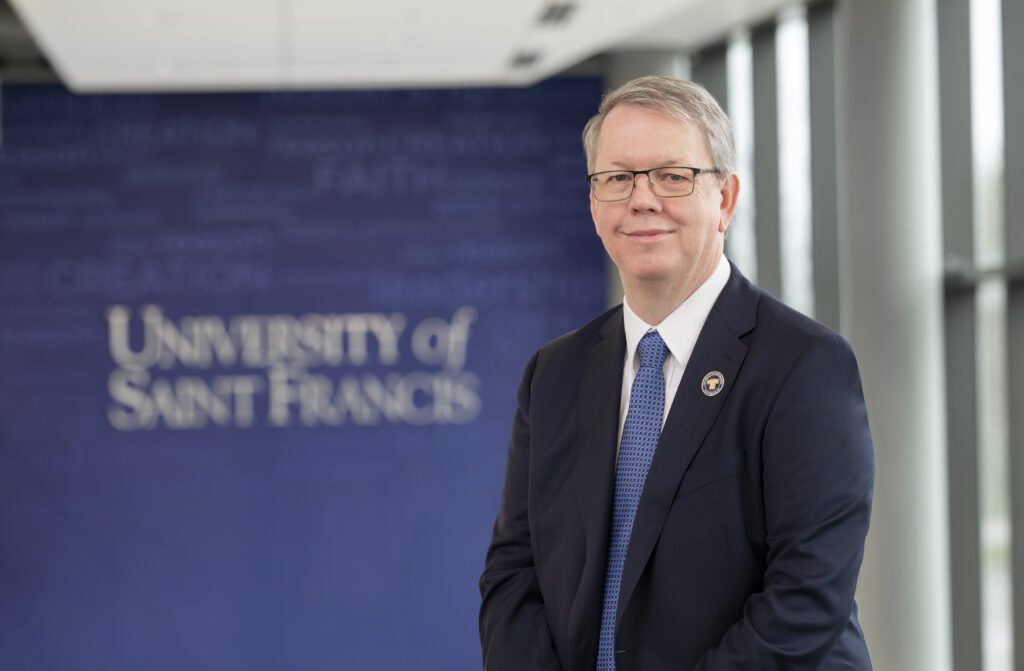
University of Saint Francis names Dr. Lance Richey as president
The University of Saint Francis is pleased to announce that the Sisters of St. Francis of Perpetual Adoration—the university’s sponsoring congregation—appointed Dr. Lance Richey as its next president.
Read More
